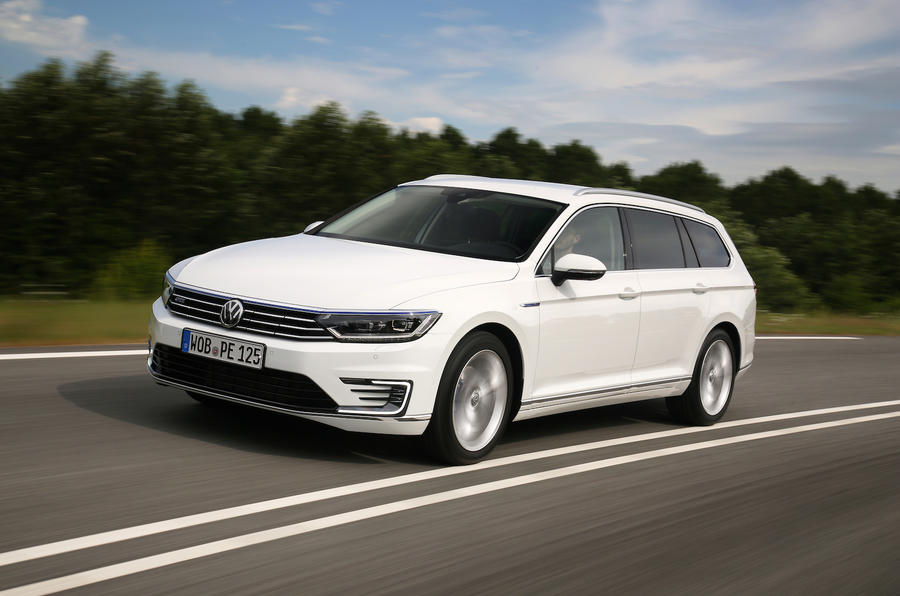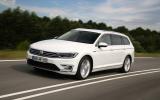What is it?
The Volkswagen Passat GTE is the latest in a burgeoning number of ultra-low-emission mid-size plug-in petrol-electric hybrids to be launched in recent times.
To be sold in the UK in both saloon and, as driven here, estate bodystyles, the Passat GTE shares various elements of its high-tech driveline with the recently introduced Golf GTE. As with the smaller hatch, the plug-in Passat has the capability to run exclusively on electric propulsion for extended distances or on a combination of petrol and electric power.
Set to rival the Volvo S60 Plug-In Hybrid and BMW 340e, the new Passat GTE sports a specially tuned version of Volkswagen’s turbocharged 1.4-litre four-cylinder petrol engine that develops 164bhp and 184lb ft as its primary form of propulsion.
The transversely mounted combustion engine is supported by an electric motor sited within the forward section of a standard six-speed dual-clutch automatic gearbox, from where it produces 113bhp and 243lb ft. The disc-shaped unit can operate on its own in zero-emission electric mode or in tandem with the petrol engine for added performance
Volkswagen quotes a combined system output for the Passat GTE of 215bhp and 295lb ft, giving Wolfsburg’s latest plug-in petrol-electric hybrid a subtle 14bhp and 37lb ft more than the smaller Golf GTE.
The driver can choose between four different driving modes: E-mode, Hybrid, Battery Charge and GTE. Volkswagen claims an electric range of up to 31 miles at speeds up to 81mph in the default E-mode, in which the Passat GTE always starts. In the GTE mode, the efforts of the petrol and electric motor are pooled to provide a claimed 0-62mph time of 7.6sec and a 140mph top speed.
With an official combined fuel consumption figure of 176mpg, Volkswagen claims average CO2 emissions of just 37g/km.
Energy for the electric motor is provided by a 9.9kWh lithium ion battery. Some 1.2kWh larger than the Panasonic-produced battery used by the Golf GTE, it is assembled at Volkswagen’s Braunschweig research and development facility from cells supplied by Samsung.
Charging time on regular 240V mains electricity is put at 4hr 15min, although customers can also choose an optional 360V wallbox that is claimed to provide a full charge in 2hr 30min. As with the Golf GTE, the charging socket is hidden behind a flap in the grille.
With its fuel tank, which is mounted slightly rearwards from its position on regular Passats, brimmed and the battery, which sits underneath the rear seat, fully charged, Volkswagen says the Passat GTE boasts a theoretical range of up to 622 miles.

























Join the debate
Add your comment
D'oh
£37K? not quite, not whilst
PHEV usage
It may be carrying 300kg of batteries in the boot but I also haven't consumed any liquid fuel since Monday and I have done about 130 miles since then.
These types of cars will unfortunately get bought as company cars because the BIK is low and they dont make the most sense for high milers. As commuting cars though that need to do some mileage every so often they are great.